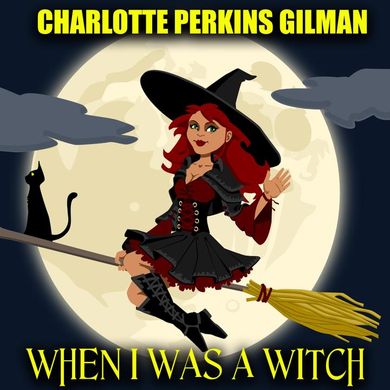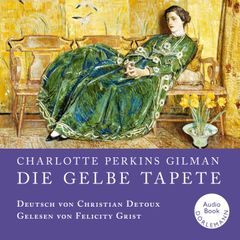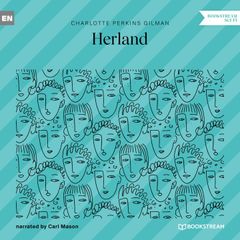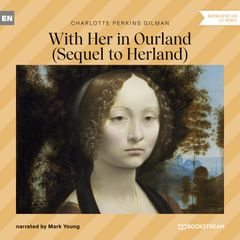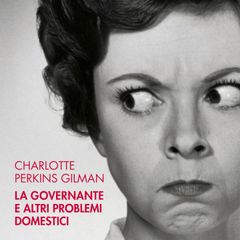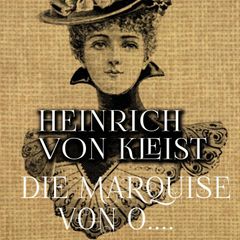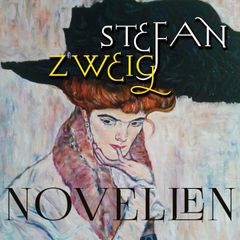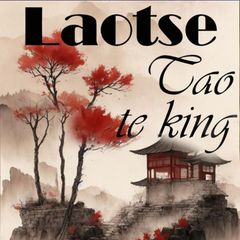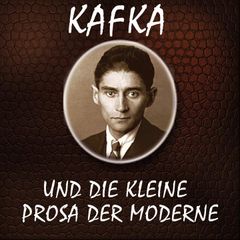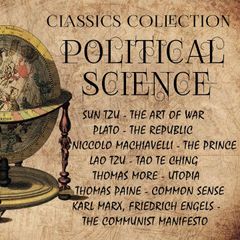- Audiobook
- 2025
- 28 mins
- Strelbytskyy Multimedia Publishing
Search Links
Title
When I Was a Witch
Description
What happens when a woman dares to imagine power in a world that denies her even autonomy?
In this sharp, sly, and subversive tale, one of America's most original feminist voices turns the tables on society with cool precision and a dash of irony. Written at a time when women were expected to remain silent and self-sacrificing, this short work pulses with quiet rebellion and razor-edged wit.
The author, best known for The Yellow Wallpaper and Women and Economics, brings her signature clarity and fire to a deceptively simple narrative that explores themes of gender, morality, and the intoxicating possibilities of justice. With language that is as brisk as it is biting, she reveals the absurdities of social norms and the limits of polite resistance.
This piece is not a fantasy — though it flirts with the supernatural — but rather a psychological lens focused on the everyday constraints placed on women, and the quiet rage that builds in response. Underneath the humor lies a serious question: what would change if women had the power not only to speak, but to act?
Provocative, compact, and disturbingly relevant, this story is a testament to the author's lifelong commitment to social reform, equality, and unflinching honesty. It may be brief, but it leaves a lasting mark.
Ideal for listeners interested in feminist thought, early 20th-century literature, or stories that challenge conventions with elegance and intellect.
On public lists of these users
This audiobook is not on any list yet.
Product details
Publisher:
Author:
Title:
When I Was a Witch
read by:
Language:
EN
ISBN Audio:
4069828342736
Publication date:
April 15, 2025
Keywords:
Charlotte Perkins Gilmanfeminist literatureearly 20th century fictionsatirical short storyGender Roleswomen's empowermentAmerican feminismSpeculative FictionSocial justicePsychological fictionfemale perspectiveproto-feminist writingWomen and Powerironic storytellingliterary classicAmerican authorGender equalitysharp witfeminist satireshort fictionAudiobookEnglishStrelbytskyy Multimedia Publishing
Duration
28 mins
Product type
AUDIO
Explicit:
No
Audio drama:
No
Unabridged:
Yes
About the author:
Charlotte Perkins Gilman (1860–1935) was born in Hartford, Connecticut, into a once-prominent family that had fallen on hard times. Her father, a relative of Harriet Beecher Stowe, abandoned the family when Charlotte was still a child. She received little formal education and moved frequently, but developed a deep love for books and ideas through self-study.
Her breakthrough came with the 1892 short story The Yellow Wallpaper, a chilling, semi-autobiographical portrait of a woman's descent into madness, inspired by Gilman's own experience with postpartum depression and the oppressive "rest cure" prescribed to her. The story later became a landmark of feminist literature and psychological insight.
In 1894, Gilman made headlines by separating from her husband, artist Charles Walter Stetson, and later allowing him and his new wife (her close friend) to raise their daughter. Though unconventional, the decision reflected her belief in rational, compassionate solutions over societal expectation. In 1900, she married her cousin Houghton Gilman, forming a supportive and egalitarian partnership.
A public intellectual and reformer, Gilman lectured across the U.S. and Europe, advocating for women's autonomy, economic independence, and communal child care. Her major theoretical work, Women and Economics (1898), argued that women's economic dependence was the root of gender inequality and proposed visionary social reforms.
She continued writing essays, novels, and utopian fiction, including the Herland trilogy, which imagined a peaceful, all-female society thriving without men. Her works blended critique with optimism, challenging the norms of her era and proposing bold alternatives.
Diagnosed with incurable breast cancer in 1932, Gilman ended her life by suicide in 1935, stating that she chose chloroform "over cancer." Throughout her life, she remained committed to reason, freedom, and reform.
Charlotte Perkins Gilman is remembered as one of the most original feminist voices of her time, a pioneer who reshaped conversations around gender, mental health, and the structure of society.
